Affiliate links on Android Authority may earn us a commission. Learn more.
Apple's self-service repair program sets the bar for Android OEMs
Published onNovember 21, 2021
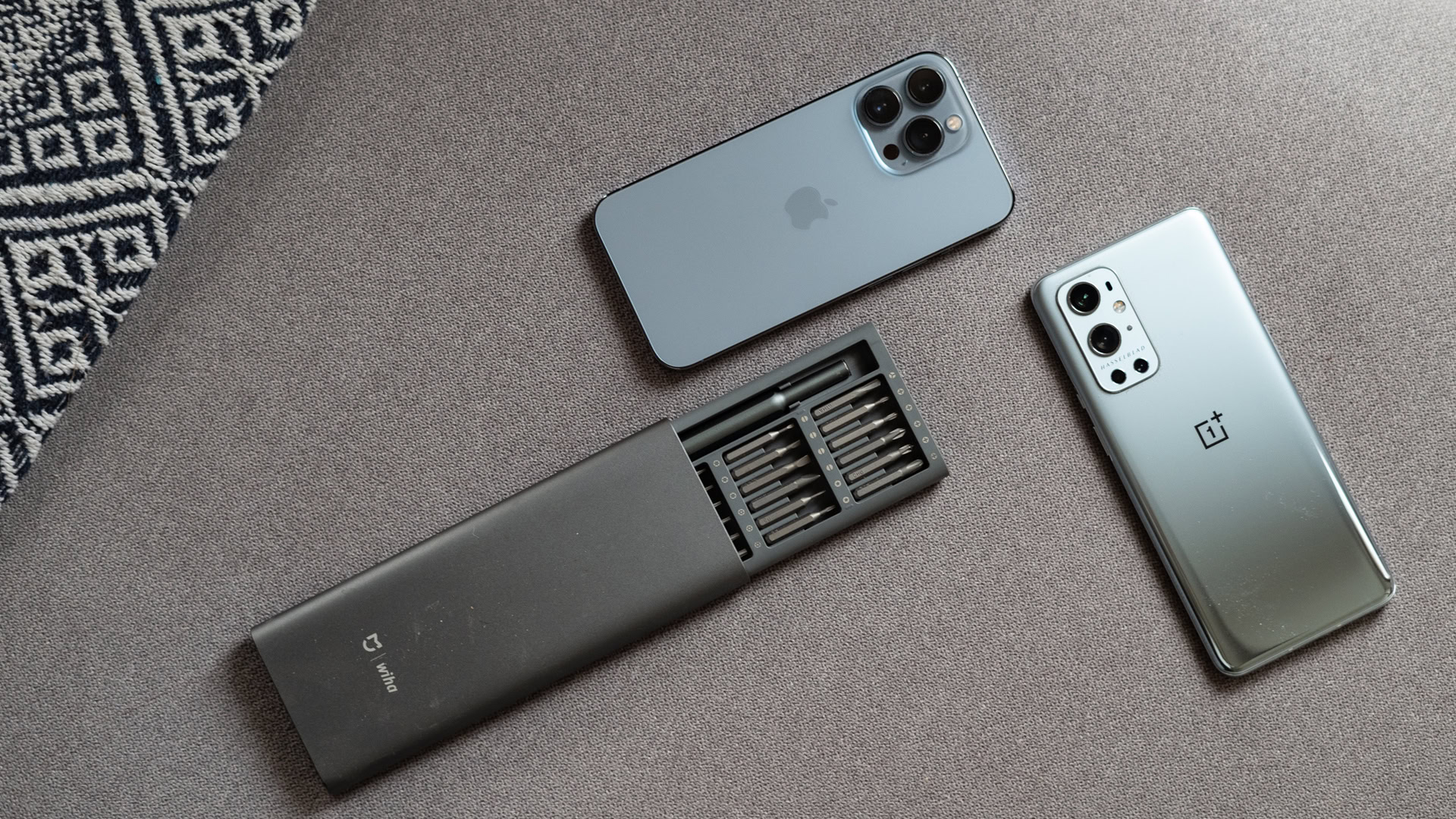
The modern-day smartphone is, by and large, a highly integrated piece of circuitry and precise engineering to maximize components in the least amount of space. Part of this comes from dropping unnecessary ports and access panels. Back in 2007, the Apple iPhone was one of the first smartphones to ship with a non-removable battery. In the fourteen years since then, a removable battery has become a rare unicorn reserved for bespoke-use smartphones like rugged handsets. The fact of the matter is, repairs and replacements are inconvenient enough that most manufacturers would rather have you purchase a new phone than get it repaired. In fact, these repairs can often be so expensive that it might just make more sense to upgrade to a newer model. The right to repair movement challenges that.
The right to repair movement isn't new, but it has never been this relevant.
The right to repair movement isn’t new. Across industries, enthusiasts have been long been championing affordable repairs, sustainability, and the right to combat planned obsolescence. A classic example is of John Deere tractors where even the most basic repairs were locked behind software blocks. Farmers have since resorted to ridiculous means like hacking the tractor’s software to perform these repairs. In 2018, the tractor manufacturer promised to make it easier to repair the heavy machinery, in a bid to bypass an overarching right-to-repair law. It still hasn’t held up its promise.
So it comes as a bit of a surprise that Apple, one of the biggest culprits of repair lock-in, be it through glued-in batteries or serialized components that can’t be easily replaced, has initiated a so-called “Self-Service Repair” program. This is a rather huge about-turn for a brand that very recently had to backtrack on its decision to disable Face ID on devices that went through a display swap at a third-party repair shop. More importantly, Apple’s move could encourage change across the entire smartphone industry and beyond.
But first, what is the right to repair?
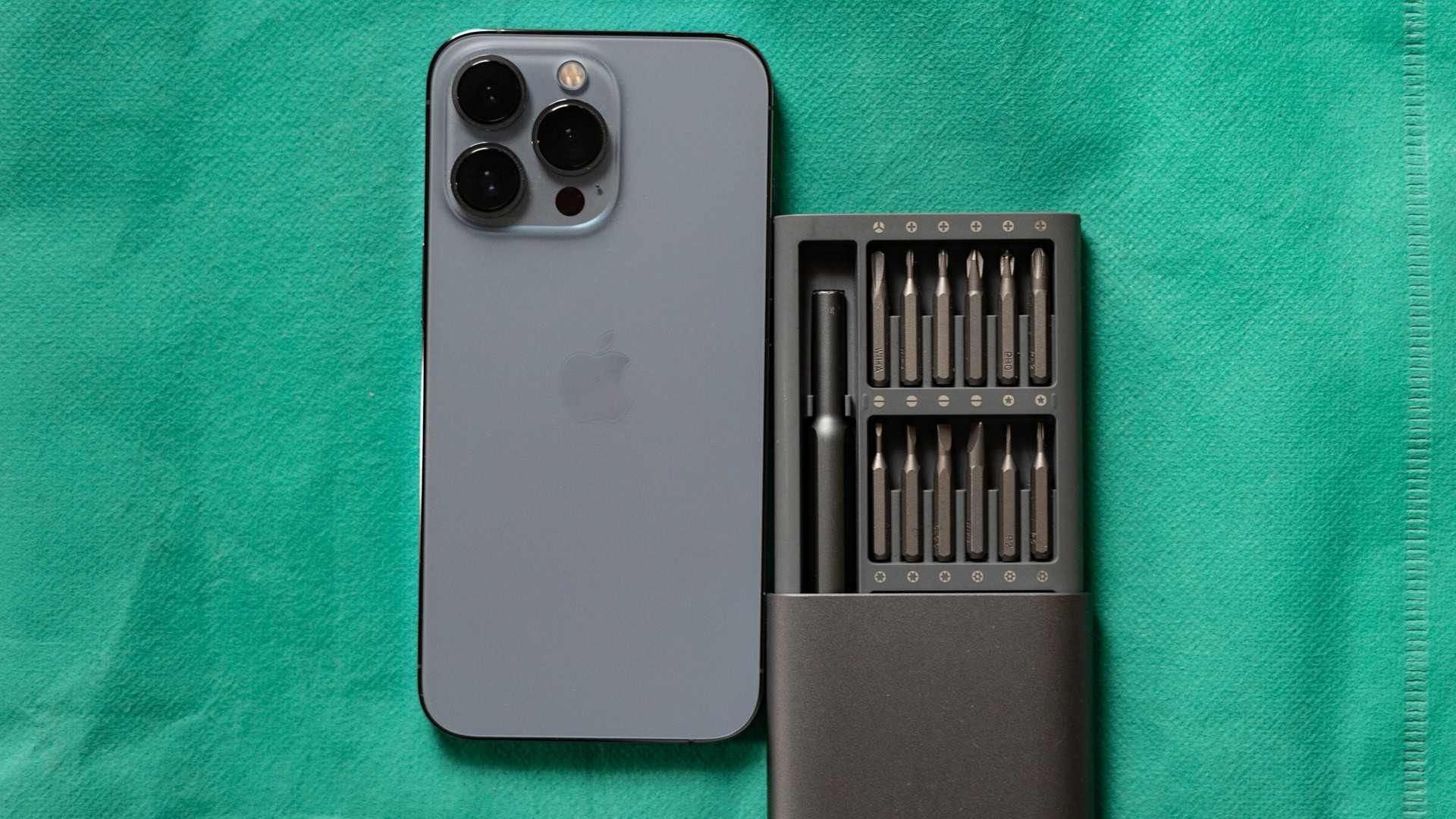
As the name suggests, the right to repair movement is a push for the widespread availability of spare components, tools, and user manuals. It encourages smartphone users to make key repairs on their own.
The global campaign is represented by sustainability and environmental activists, community repair groups, and self-repair advocates. In Europe, the movement also has the backing of Environmental Coalition on Standards (ECOS), an international NGO advocating for environmentally friendly technical standards, as well as the European Environmental Bureau. Corporate repair companies like iFixit are also members of the movement. Broadly, the campaign is advocating for legislation that makes it mandatory for smartphone brands to offer up tools, replacement parts, and repair manuals alongside a mandatory repairability score for better accountability. You can read even more about the movement’s goals here.
The right to repair movement is a push for the widespread availability of spare components, tools, and user manuals
Why would you want to do that? Let’s look at a common example. Poor battery life and expensive battery swaps rank high amongst the reasons for users to switch out an otherwise functional smartphone. Now, a battery on its own is a relatively inexpensive component. Associated service costs, however, drive up the cost of repairs drastically. Having access to the right components and manuals empowers users to make quick and easy upgrades on their own. There’s a strong demand for it too — a recent survey in Europe suggested that almost 77% of the participants would prefer to repair their electronics.
Prohibitively priced service costs for components can often mean that a new phone isn’t a much bigger outlay. The movement specifically calls for repairs to be accessible, affordable, and mainstream. Repair.eu goes on to say, “repairing a product shouldn’t cost more than buying a new one. Legal barriers shouldn’t prevent individuals, independent repairers, and community repair groups from repairing broken products.”
See also: To solve the smartphone e-waste problem we first need fewer disposable devices
There’s also an ecological concern. It is estimated that Americans alone toss out over 151 million smartphones every year. Globally, over 50 million tonnes of electronic waste is generated every year. That is a tremendous amount of e-waste generated and affordable repairs are a key step in curbing these figures.
What is Apple’s Self Service Repair program?
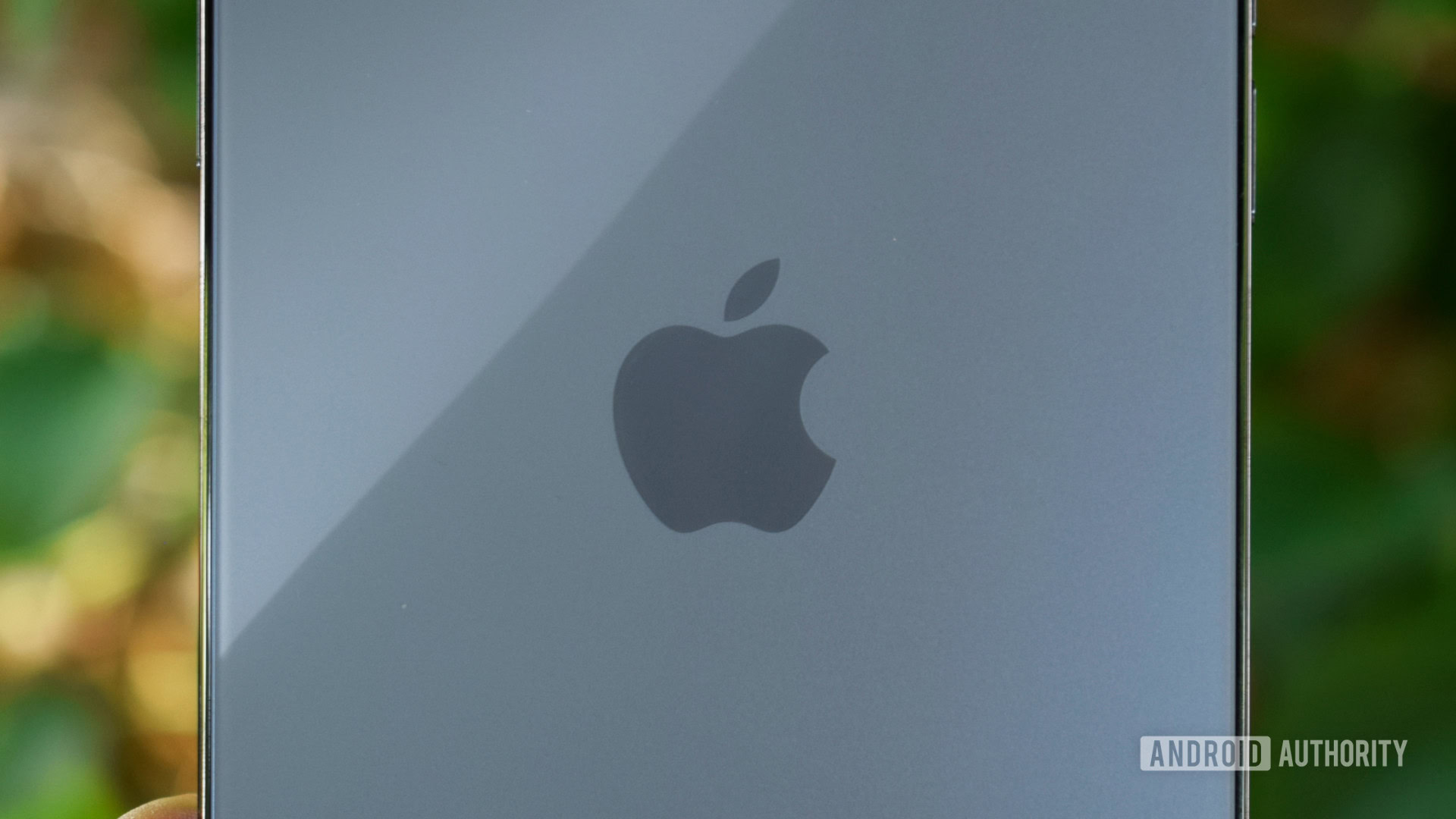
Apple’s Self Service Repair program is a welcome move that ties in neatly with the ethos of the right to repair movement. The company has promised (via a blog post) that starting 2022, it will offer over 200 components for the iPhone 12 and iPhone 13 series in the US. This will be accompanied by official tools as well as documentation to facilitate the repairs. However, it goes one step beyond. Apple will honor warranties even if the device has been repaired by a customer.
Selling smartphones over repairing them is great for business, but not so much for the environment.
Skeptics might claim that Apple’s timing for the announcement is suspect. Green Century, a mutual fund company and Apple investor, filed a resolution with the company in September to rethink its anti-repair practices. In response, Apple went to the US Securities and Exchange Commission (SEC) asking Green Century to prepare a report on the climate and societal benefits of making devices easier to repair. Since then, US President Joe Biden has issued an executive order directing the Federal Trade Commission to limit how tech manufacturers can restrict repairs making it likely that the SEC would side with Green Century.
Apple’s announcement comes on the exact day that Green Century was expected to respond to the request. Across the ocean, the European Union too has been gearing to pass a law that would mandate the availability of official spare components and repair manuals. Simply put, it was just a matter of time before Apple would have to comply with the law. By announcing the program pre-emptively, Apple gets an easy PR win. More importantly, it puts pressure on Android smartphone manufacturers to match up.
I don’t know how to fix my phone, so why should I care?
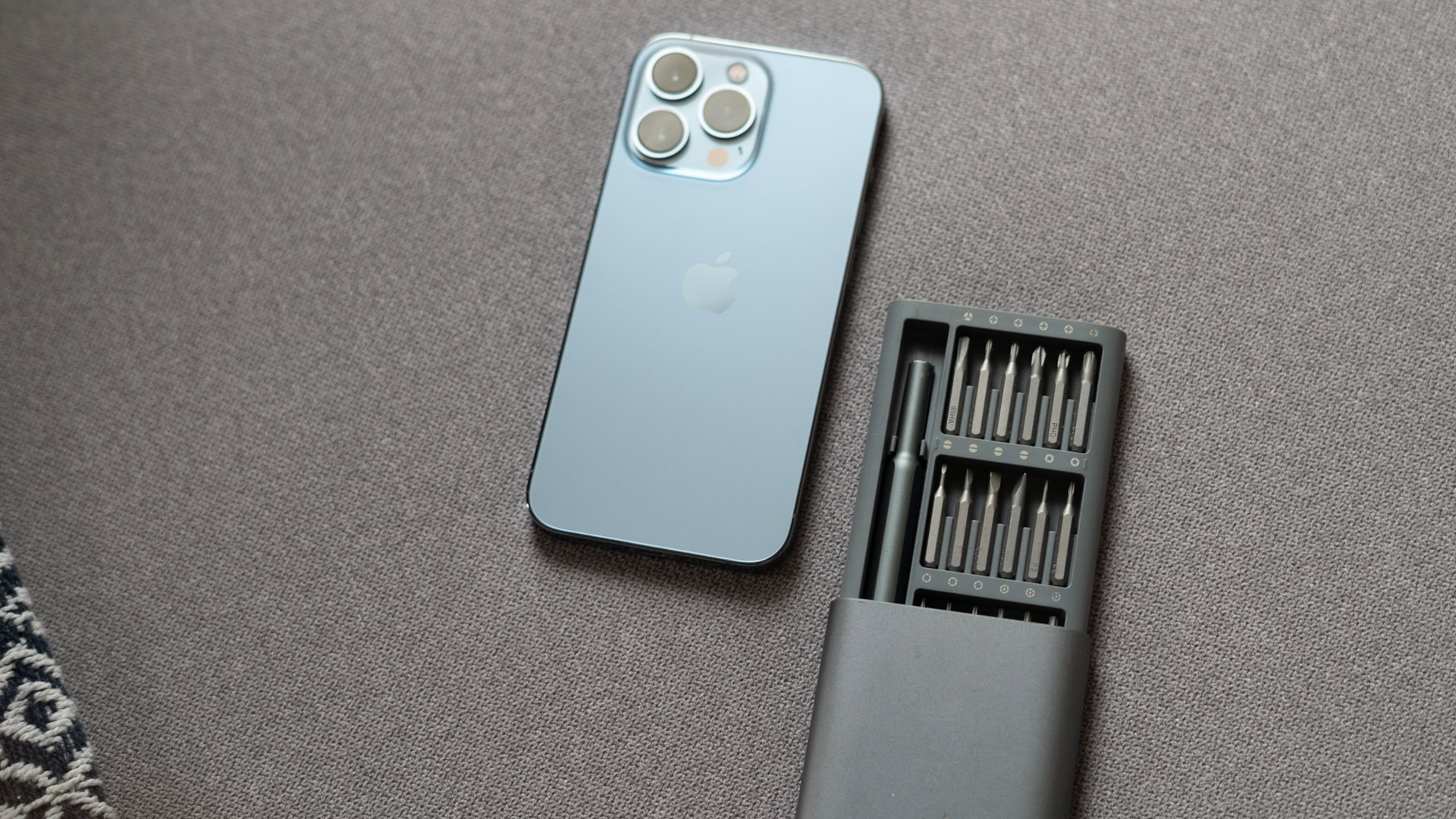
Replacing a battery isn’t rocket science, but if you lack the skillset, any neighborhood repair technician should be able to sort it out in a jiffy. The problem lies in the non-availability of high-quality replacements and, in many cases, proprietary tools that toss a proverbial wrench in an otherwise easy repair. Apple, for example, shipped the 2009 Macbook with a proprietary pentalobe screw that was nearly impossible to unscrew at the time.
Adding to the complexity is the use of serialized components. These components are matched to the motherboard of the smartphone and the use of replacement components, even if sourced from a donor phone, can break key features. We saw this first with Touch ID, and then Face ID, where Apple disabled the features if the components were replaced by a third-party repair service. Sure, Apple quickly backtracked after consumer backlash but, even today, True Tone continues to be disabled after a camera swap.
Replacing a display shouldn't have to cost more than a new mid-range smartphone.
Expensive repairs are a problem that is prevalent across brands. For example, replacing the display on a two-year OnePlus 7T Pro here in India through professional channels would cost me more than buying a new mid-range smartphone. A significant portion of that outlay is service costs. Having access to components and the tools needed to use the same high-quality components as used by the OEM means that you no longer need to rush to a service center to get your smartphone repaired.
Lack the skills? With right to repair, your local smartphone repair shop now has access to the same panels and will likely be able to offer the same service for a lower cost. A lower barrier to entry for repairs means that you are more likely to fix your phone than toss it in the bin for a new one. You know where I’m going with this.
Easy access to original components also ensures higher quality repairs. While it is possible to purchase replacement display panels for many flagships, the quality usually pales in comparison to the original components. This is particularly problematic when talking about battery replacements. A low-quality replacement carries the risk of delivering worse battery life or even blowing up under adverse conditions. Comparatively, officially sourced batteries would be far safer.
But what about extended warranty programs?
Most major smartphone brands offer an extended warranty program. Be it Apple Care or the OnePlus Protection Plan, these programs tend to extend your warranty by a year and give you the opportunity for affordable repairs. However, not everyone wants to take the risk of opening up a thousand-dollar smartphone to attempt a repair. The ramifications of the easy availability of spares, tools, and repair manuals would stretch far beyond immediate repairs.
Would you be happy to repair your phone with official parts and guides?
Smartphones are well at a point where a flagship device is powerful enough for three to four years of use. However, out-of-warranty repairs can get prohibitively expensive once you cross the warranty period. An out-of-warranty display swap for the iPhone 11 Pro Max costs $329 at the Apple Store without accounting for any additional service charges or taxes.
The availability of components can also be an issue. Recently, I had to upgrade from the aforementioned OnePlus 7T Pro because I ended up smashing the back panel and replacements panels simply weren’t available. This is in sharp contrast to how I was able to revive a Grundig gramophone from the 1960s thanks to official service manuals and replacement components. Sure, your smartphone might not last you sixty years, but access to repair manuals and components can help extend the life span of consumer electronics drastically.
It’s time for Android OEMs to do better
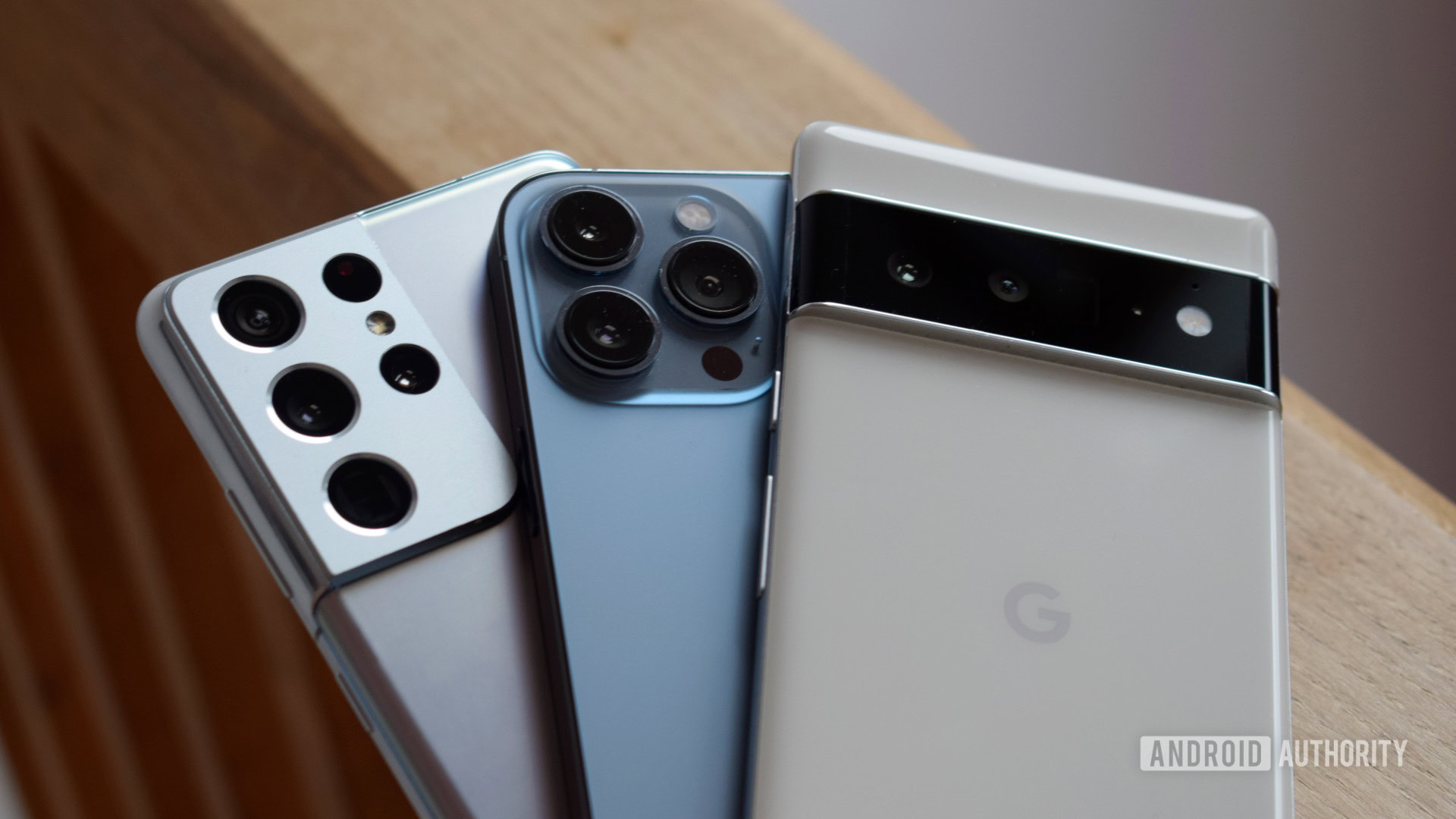
Apple having the first-mover advantage means that Android OEMs need to match up, and ideally, do better than the bare minimum. Despite declaring repairability scores in France, Samsung is guilty of using glue in its smartphones making repairs harder. Supply chain clauses that prohibit vendors from selling individual components for replacements also need to go. We’ve seen some efforts like the Fairphone that are designed ground up with a focus on repairability, but the movement simply won’t have momentum till the likes of Samsung and Google wholeheartedly adopt right to repair demands. And now that the pop-culture tastemaker, Apple, has made its move, all eyes are on Android OEMs to follow through.
Apple has set the bar for Andoid phone manufacturers.
Yet while Apple’s shift on right to repair might have set a benchmark for other brands to follow, there’s still room for even the Cupertino giant to do better. Supporting a fairly limited number of devices and components (currently only centered on the battery, camera, and display) isn’t ideal. There are also unanswered questions about pricing and to what extent Apple’s commitment to making devices with increased “increased repairability” actually means. Nevertheless, Apple’s scheme sets a good base to build upon and I can only hope that the company will start offering components for older devices too.
Legislation might compel all companies to follow through soon enough, but for the moment Apple’s PR win with its (mostly) comprehensive right to repair program has set the bar for Android phone manufacturers.